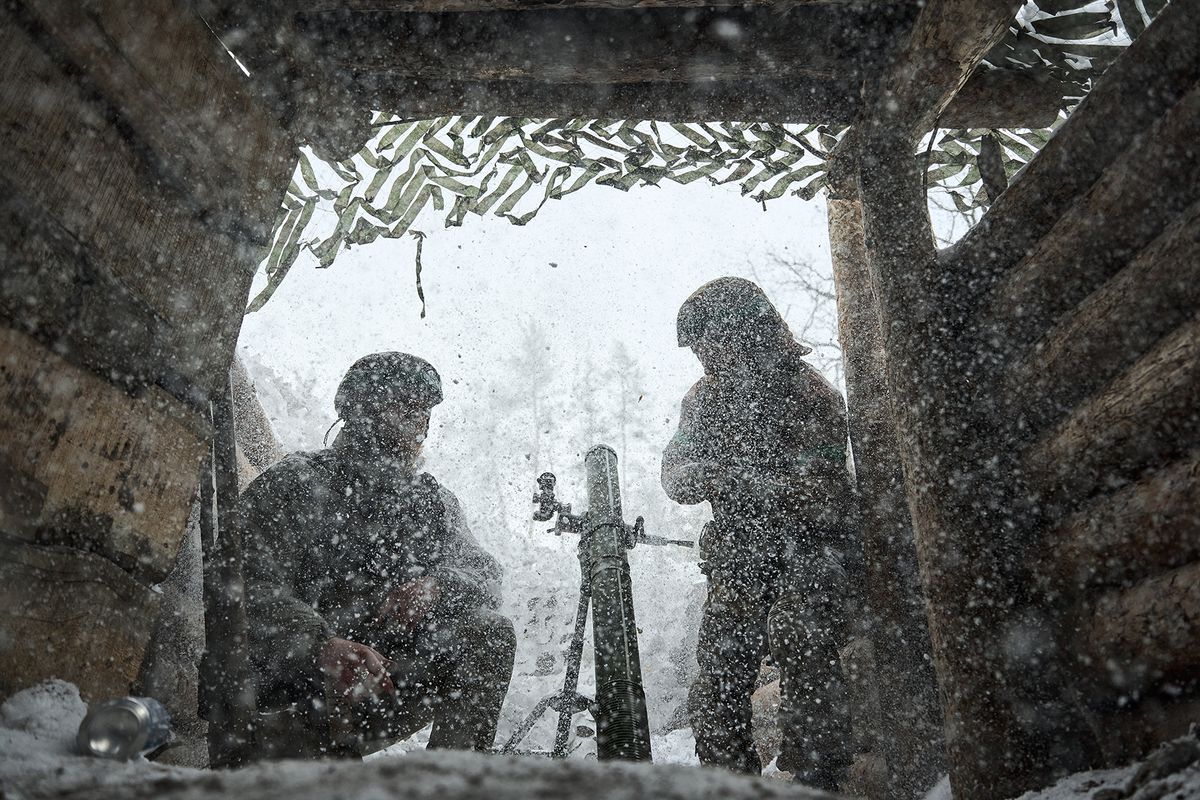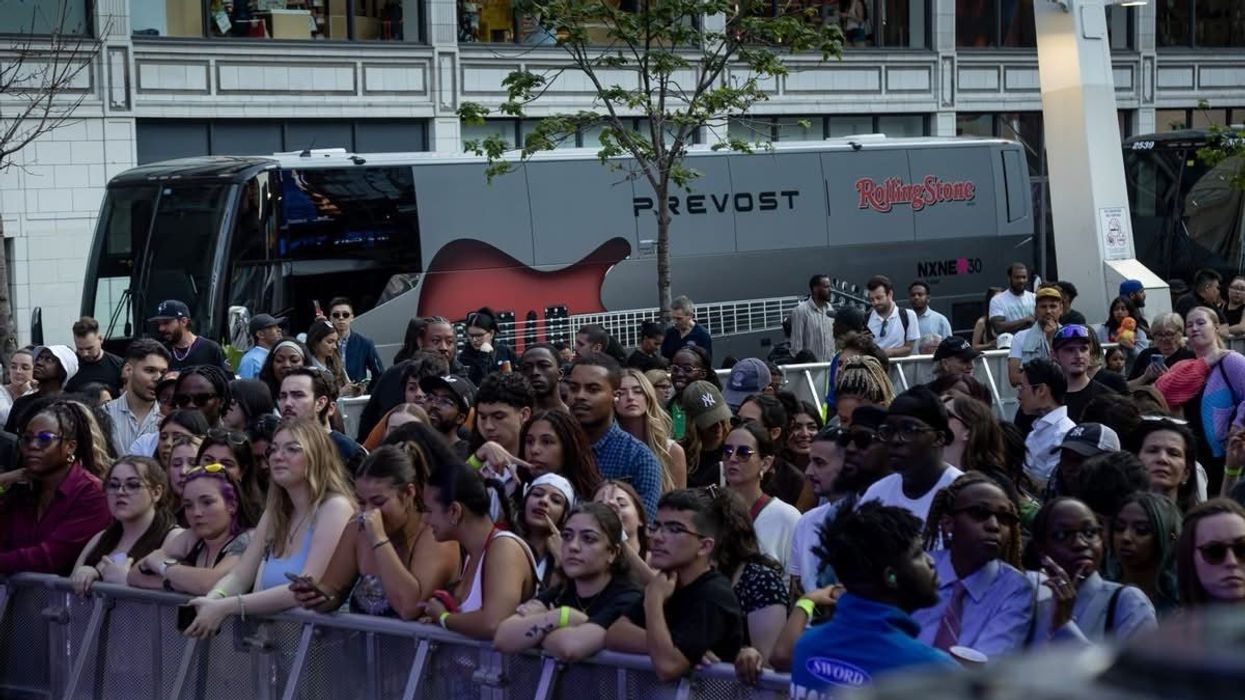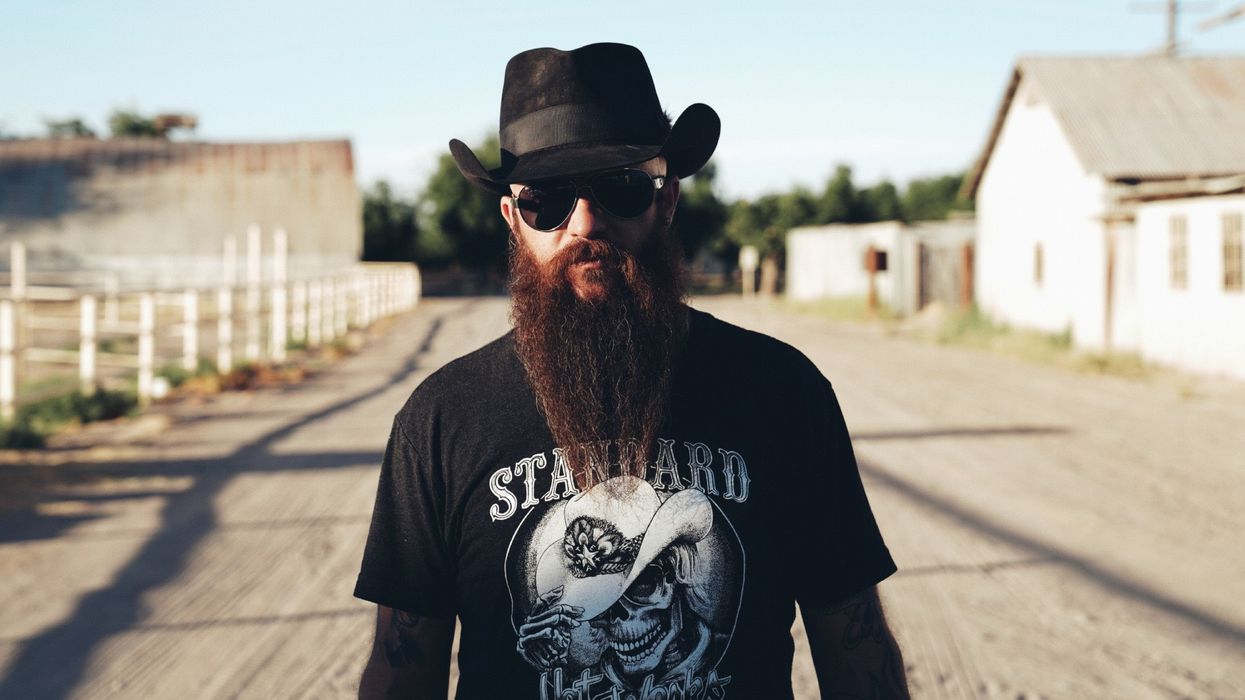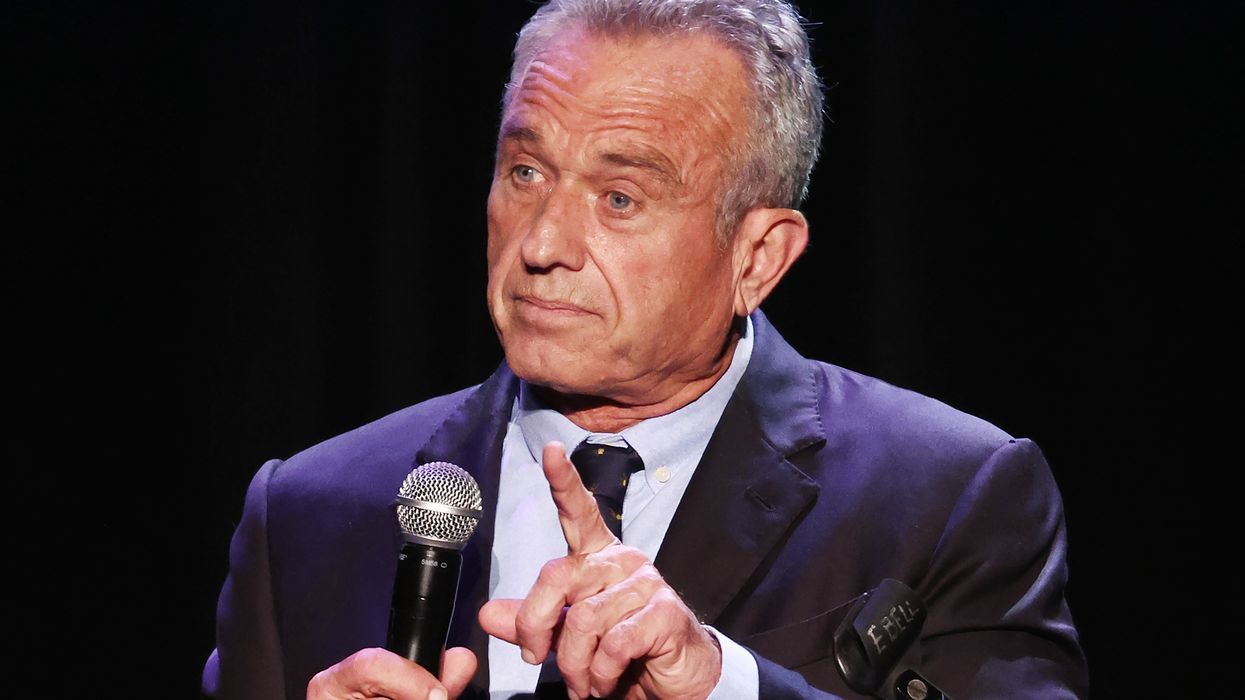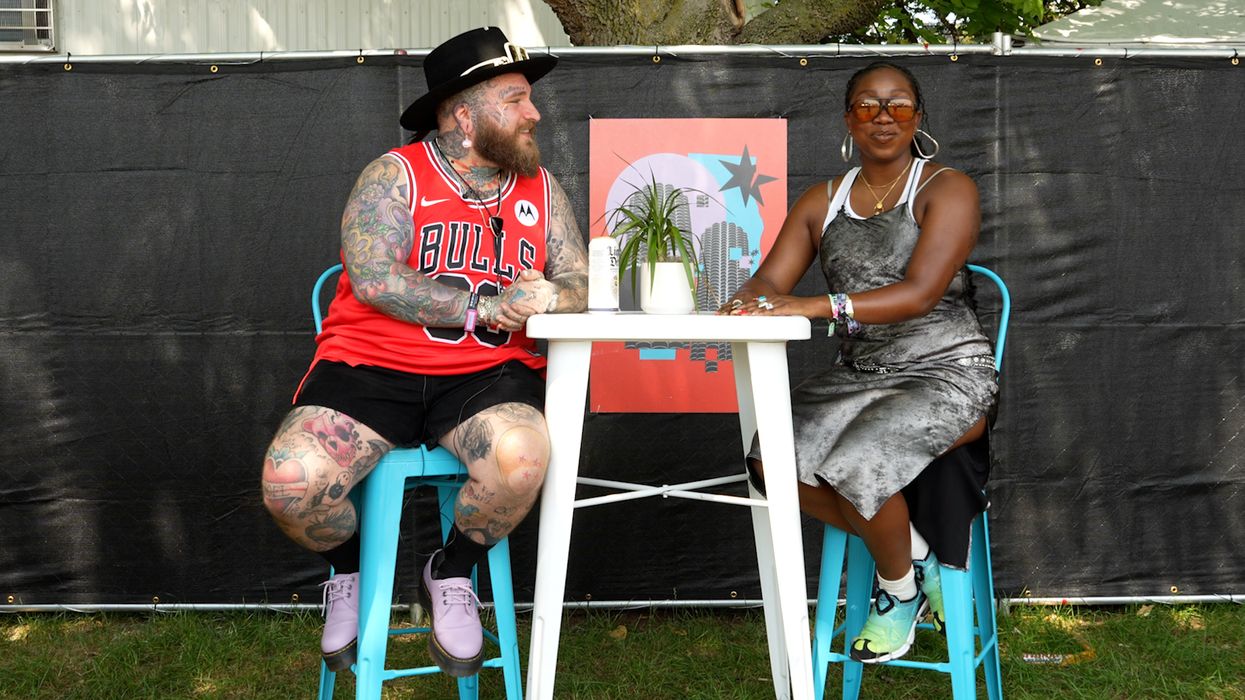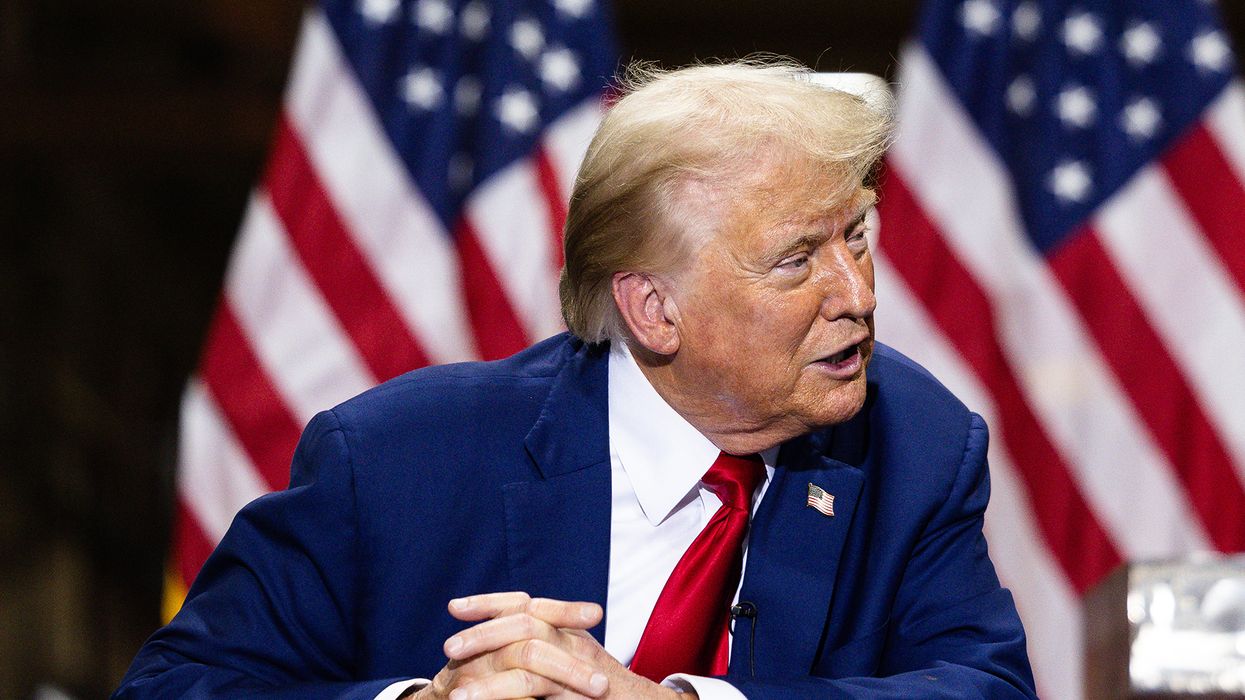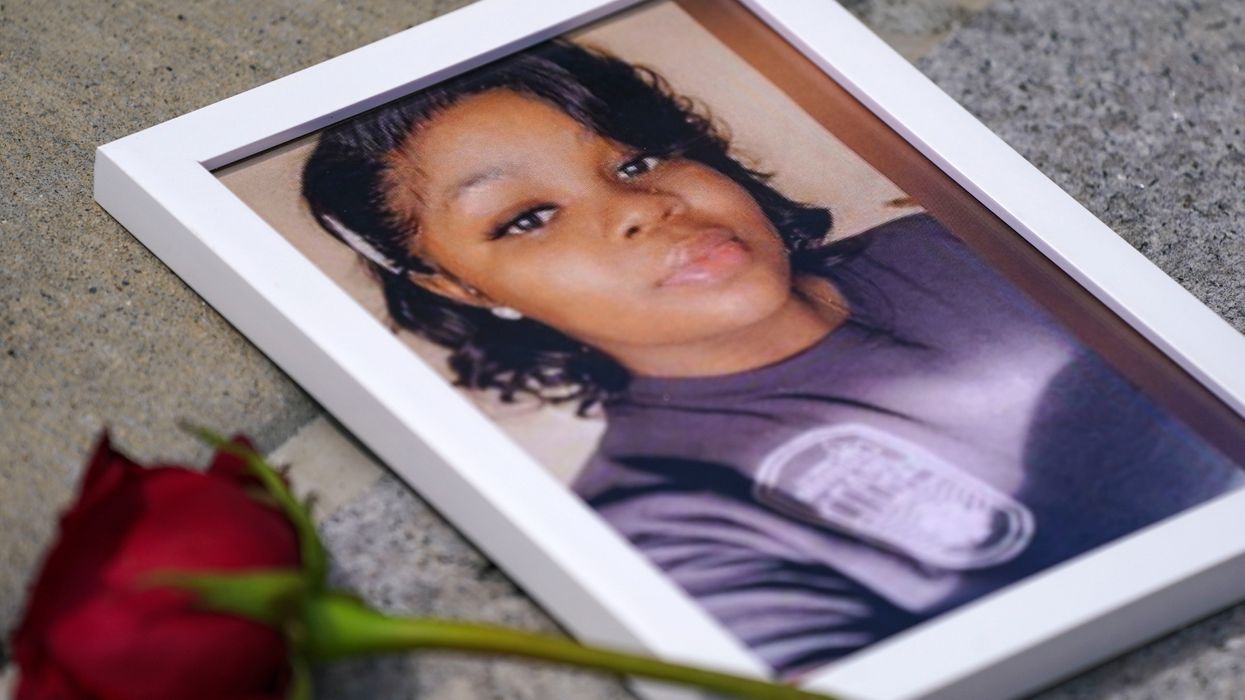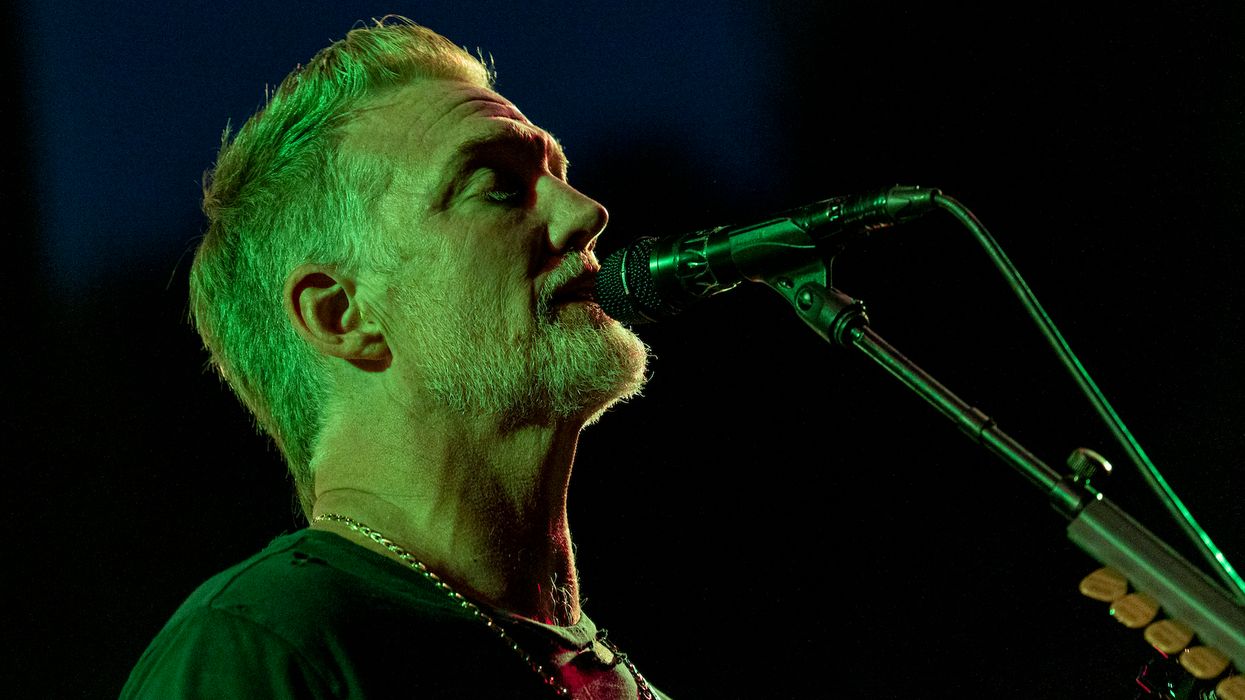DNIPRO, Ukraine — The building rocks as air defenses engage incoming missiles, and one regrets being caught out on the 17th floor of a 20-floor high-rise, despite the view and modern construction.
In Dnipro, an industrial city along the banks of the Dnieper River in central Ukraine where I had been visiting contacts, several missiles strike with sharp cracks and rumbling booms as they hit residential buildings, a shopping center, and a maternity hospital.
Russia sends cruise and ballistic missiles and attack drones against Ukrainian cities every day, often several times a day. Their targets are densely populated cities, where they often kill civilians — as they did on Tuesday, Jan. 23, in Kyiv, Kharkiv, and Dnipro, when 40 missiles killed at least 18 people, including several children, and wounded 130 more.
Despite sanctions and dwindling supplies of high-tech components, Russia still possesses the capacity to produce hundreds of advanced missiles each year, even as Ukraine’s stock of interceptors runs lower and lower every day. Moscow has even begun firing missiles it received from North Korea.
As Ukraine enters one of its darkest hours, its most important ally — the United States — has gone AWOL. With Republicans using aid to Ukraine as a bargaining chip over immigration in Congress, the possibility that former president Donald Trump could return to power and make good on his promises to leave NATO has created a sense of crisis not just in Kyiv, but throughout Europe. Across the transatlantic divide, there’s rumbling that Ukraine might “lose” the war. While some of Kyiv’s more stalwart friends are trying to fill the void, the alliance supporting Ukraine is wavering. The country needs weapons, money, and support to defend itself, and to offset Russia’s advantages in economic, military, and demographic resources.
“America will keep helping Ukraine,” confidently says Stefan K., a 21-year-old student waiting in line for coffee at a kiosk in Odesa. He’s hoping to finish a degree in information technology next year, and is eager to speak English with a stranger.
Perhaps something in the neutral response of his foreign interlocutor causes doubt, because after a moment he adds: “Everyone knows we have to keep fighting Russia.”
It almost sounds like a question, and I can only mumble a reassuring platitude. Stefan soon goes on his way, meeting friends near a park on Derybasivska Street.
Fatalism and despair are common emotions one hears when speaking to Ukrainians, and there is a growing concern that the rest of the world feels little urgency about the crisis.
“I think America and Europe, they want us to fail,” says Victoria Razumova, an executive who owns a maritime crewing company in Odesa.
In her spare time, Razumova runs the nonprofit Our People, which repairs war-damaged buildings and also provides supplies to soldiers fighting on the front lines.
Over coffee in a rooftop lounge, Razumova scrolls through her phone as a fire crackles in an indoor fireplace nearby. A slight thirtysomething woman with her hair in a long braid, she ignores the air-raid warning that sounds as she shows pictures of the houses she’s helped rebuild, the drones her volunteers are assembling, and herself with the soldiers she calls “my boys.”
Her photo library is also a heartbreaking catalog of loss: “That’s my friend. He was killed two weeks ago,” she’ll say, or “This is one of the houses we rebuilt in Kherson. The man holding the window panes was mobilized and is listed as missing in action. But we know he’s dead.”
She explains how morale is sinking amid shortages of ammunition and other critical equipment on the front lines. “My boys are being sent to sit in cold holes in the ground with only two bullets, waiting for the Russians to attack. Why would anyone want to do that?”
“I can’t understand how after two years, they still haven’t sorted out the basics of getting what’s needed to the right people,” she says, pointing out that “NATO has no experience fighting this kind of war.”
Only 60-odd miles to the south of Dnipro, the ground war grinds on. The battlefield is static, with Russian and Ukrainian soldiers slogging it out in brutal assaults on entrenched positions. These leave dozens of corpses scattered among the denuded tree lines that once protected farmers’ fields from the mad winds that sweep across the plains. Leafless poplars offer little shelter to humans hiding from bullets, high explosives, and drones. Gains are measured in meters, not miles.
And while “donor fatigue” is becoming commonplace on Capitol Hill, and far-right MAGA loyalists parrot Russian propaganda in an effort to undermine support for Kyiv, you’ll be hard-pressed to meet Ukrainians who think “losing” is an option.
America is used to fighting wars of choice, where everyone at home carries on with shopping and watching television with nary a thought for the small group of professionals fighting and dying in their name, in distant lands for abstract goals.
But this war is on Ukrainian land, and it’s in Ukrainian skies. It’s in the faces of the people trying to live normal lives while their brothers and sisters go to the front and their friends are sent home in body bags. It’s in the streets where wounded soldiers linger and displaced persons wander; it howls across the cobbles when the air-attack sirens begin to sound and the children look to the heavens in fear, wondering if another Russian cruise missile will come streaking out of the clouds.
Most Ukrainians see no choice but to fight. More than 48 percent of Ukrainians have already lost a close friend or family member to the war, while 80 percent remain opposed to any territorial concessions to Russia, according to polling conducted by researchers at the Kyiv International Institute of Sociology.
“I am confident that the United States will not betray us, and that everything we have agreed on with the U.S. will be fulfilled,” Ukrainian President Volodymyr Zelensky said in an end-of-year press conference in Kyiv on Dec. 20.
Hopeful words, but belied by the fact that Congress had already failed to approve a $60 billion aid package for Ukraine before the new year. Even as U.S. senators scream at each other about the “border crisis” during intelligence briefings, White House aides have begun a strategically leaked whisper campaign calculated at gauging the political fallout for abandoning Ukraine to its own devices.
It makes little difference that less than a year ago President Joe Biden stood beside Zelensky in Kyiv on a surprise trip, praising the “bipartisan support in Congress” and promising to stand by Ukraine indefinitely.
“You remind us that freedom is priceless and it’s worth fighting for, for as long as it takes,” Biden said. “And that’s how long we’re going to be with you, Mr. President [Zelensky]. For as long as it takes.”
On Capitol Hill, “as long as it takes” apparently means just 10 months.
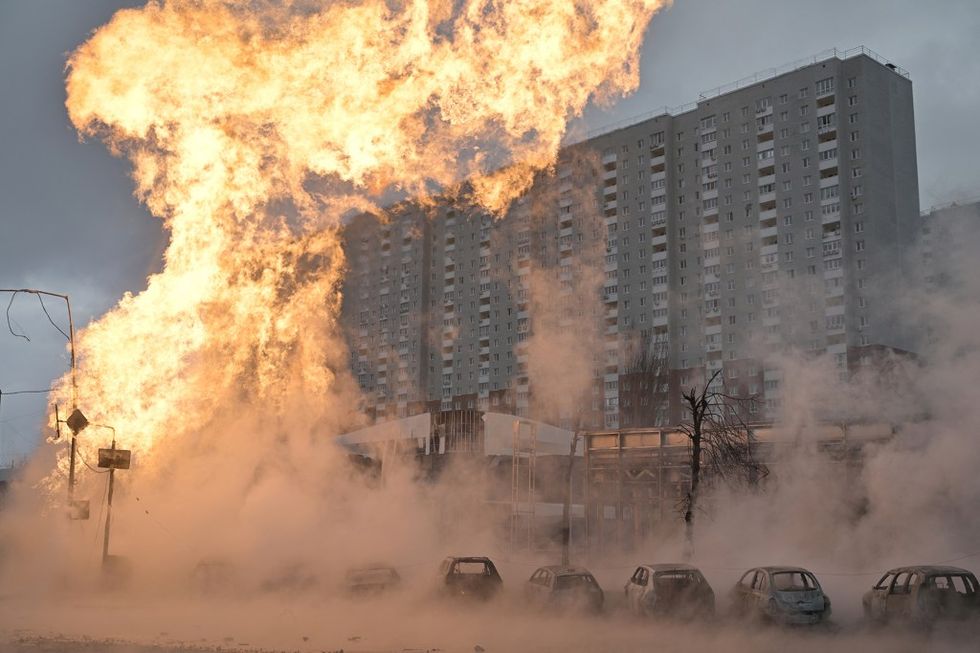
“It’s a dark winter for Ukraine. We are losing people, and our cities are being bombed,” says Volodymyr Dubovyk, an expert in international relations at Odesa I.I. Mechnikov National University, and a visiting professor at the Fletcher School of Law and Diplomacy at Tufts University. “The mood is becoming more grim and more sober.”
“We’re already running out of weapons.”
Meanwhile, E.U. efforts to keep Ukraine going with a $55 billion aid package have been stymied by obstinance from Moscow’s closest ally in Europe.
“We can say the situation in Ukraine is bad,” Hungarian Prime Minister Viktor Orbán told interviewers last month. “So we shouldn’t send more money to finance the war. Instead, we should stop the war and have a cease-fire and peace talks.”
Orbán’s authoritarian leanings, the $10.8 billion dollar nuclear deal he inked with Moscow just months after Russia’s illegal annexation of Crimea, and his country’s dependence on Russian oil and natural gas hardly create the impression among his neighbors that he has Europe’s best interests at heart.
That his proposition would mean making Moscow’s seizure of nearly one-fifth of Ukrainian land a fait accompli doesn’t go down well in Brussels, let alone in Kyiv. Many Europeans see this as an existential issue, particularly those closest to Russia’s borders: None of them want the war any closer than it already is.
Although the Hungarian obstacle may eventually be surmounted through a bureaucratic loophole or a bit of horse-trading, for now the E.U. is hamstrung, even as Washington demonstrates its unreliability and becomes distracted with crises elsewhere.
A handful of democracies across the world are doing their best to ride to Ukraine’s rescue with bilateral commitments: On Tuesday, Jan. 16, Germany promised $7.6 billion in aid to Ukraine while France promised much-needed long-range cruise missiles and other munitions.
The drumbeat of public support over the previous few weeks had also been steady: Norway promised $6.8 billion over five years; Japan pledged $4.5 billion in humanitarian aid and financing; the U.K. offered $3.2 billion in weapons and assistance; South Korea offered $2.3 billion in recovery funding and was one of the largest suppliers of 155 mm artillery rounds to Ukraine last year; Finland is sending $1.5 billion in military aid; Estonia pledged $1.3 billion — a huge amount for a country whose population is the size of San Diego’s; Latvia will provide helicopters, artillery, munitions and $500 million in reconstruction funds; Sweden and Denmark together will provide $264 million in tanks; Lithuania is offering $219 million; even Australia said it would send 90 more soldiers to the U.K. to help train Ukrainian troops.
As of last October, E.U. institutions and countries have provided $146 billion in aid to Ukraine, dwarfing the total U.S. contribution of $78 billion, according to the Kiel Institute for World Economy, a German research organization that tracks aid to Ukraine.
Still, the newly announced bilateral aid packages are less than one third of what the U.S. and E.U. were trying to muster in December, and all of these numbers obscure the fact that the U.S. remains the most important military partner for Ukraine.
America’s funding thus far has included $48 billion in actual weapons — more than the total military aid of all other countries combined.
This illustrates the key challenge for the pro-Ukraine alliance. Although most Ukrainians see the need to fight, and many European leaders understand the threat Russia poses, only America’s vast military-industrial complex can match Russia’s war machine.
As one European defense official observed to Rolling Stone: “We can’t beat Russia if they put their economy on a war footing and we keep ours on a peace footing.”
Europe just doesn’t have the defense industrial base required to deliver on its promises. For example, a group of countries pledged last March to provide Ukraine with a million 155 mm artillery shells by this spring. But by December, they had only managed to deliver about half of that amount, and it seems unlikely that the target will be met.
Ukraine’s allies are also coming up with creative ideas to find cash. One is the unprecedented step of taking the more than $300 billion in Russian sovereign and individual assets frozen in Western banks under sanctions imposed after the invasion in February 2022 and using it to fund reconstruction in Ukraine. But there are two problems with this idea: The first is that such a move has no legal basis; and the second is that Western authorities can’t actually find most of that money.
“I think this war has become a wake-up call for most Europeans,” Dubovyk tells me. “But I’m not convinced it has been a strong enough wake-up call.”
In the meantime, Russian President Vladimir Putin smells weakness in European and American dithering.
Putin’s strategy is one of divide-and-conquer through deception, corruption, and calculated escalation, as it has been for years — ever since he first publicly announced his intention to challenge America’s global dominance at a security conference in Munich in 2007; seized Crimea with his “little green men” and sent soldiers and weapons into Donbas in 2014; or intervened in the Syrian Civil War in 2015.
Putin is playing the long game, and believes he can afford to do so. Hence: leaked stories about Russia seeking negotiations, without any indication it is actually making any effort to do so; renewed accusations that the U.K. forced Kyiv to abandon a cease-fire offered in Istanbul in 2022, vigorously denied by Ukrainian officials and former prime minister Boris Johnson alike; and a sharp uptick in disinformation aimed at undermining Western support for Ukraine.
All of this keeps Ukraine’s allies off-kilter. Putin knows that amid the furor of America’s culture wars and democratic disorder, there’s no more consensus about foreign policy than anything else in Washington, and support for Ukraine is a political football.
Putin also knows what will happen in America in November.
The shadow of Donald Trump hangs over Ukraine’s future as surely as it does over America’s. If the former president returns to power, there’s little doubt abroad it will mean an end to American leadership in the fight against Russia.
Trump’s antipathy toward Ukraine — the country at the center of his first impeachment — his man-crush on Putin, and his hatred of NATO are well-documented.
“You need to understand that if Europe is under attack we will never come to help you and to support you, and by the way NATO is dead, and we will leave, we will quit NATO,” Trump is said to have told the president of the European Commission, Ursula von der Leyen, in a meeting at Davos in 2020, according to one attendee. Rolling Stone has also reported in detail on Trump’s plans to abandon the alliance if he is reelected.
As far as Ukraine is concerned, Trump is a problem for another day. For now, U.S. support remains essential. But unless the White House is able to break the deadlock in Congress, there’s little hope Washington will have anything further to offer Kyiv soon. As National Security Council spokesperson John Kirby said on Thursday, Jan. 11: “The assistance that we provided has now ground to a halt.”
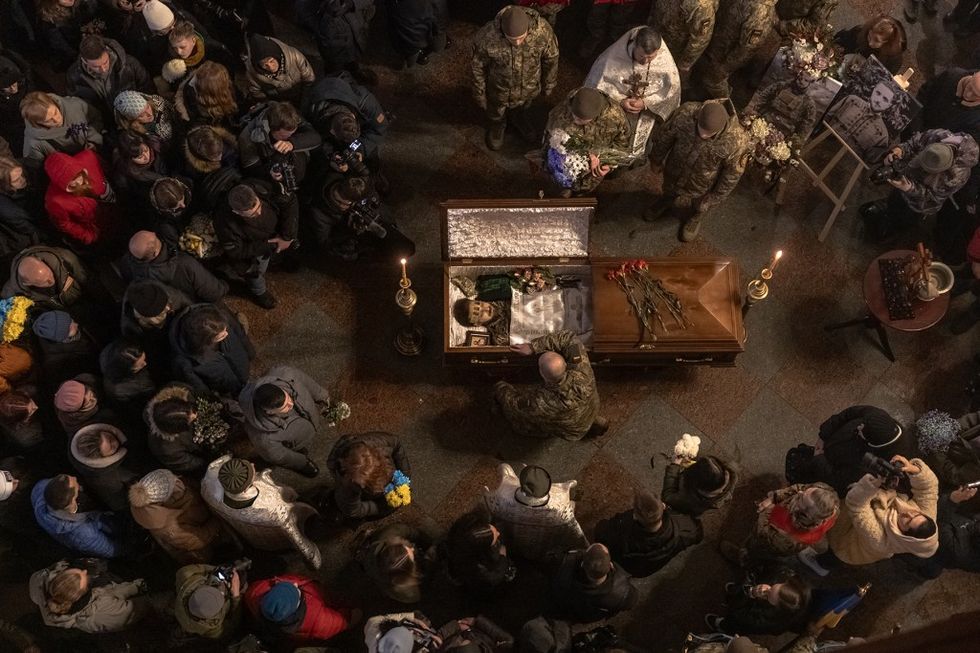
“The Biden administration has to successfully sell this war to the American people.… If the vote in Congress actually happens, the money will be there. The problem is how much and when,” Dubovyk says. “I hope that since [Speaker of the House Rep. Mike] Johnson already had his photo op at the Southern border, he’ll get back to other priorities.”
Timing is important, as the will to resist and the ability to resist are not the same. With temperatures having dropped well below the freezing point over the past two weeks across most of Ukraine, ground that turned muddy and nearly impossible to navigate with vehicles — wheeled or tracked — has begun to solidify.
This is the “hard freeze,” which enables a seasonal change in tactics: It means vehicles can move faster, and it means the Russians will use more armor in their assaults. Fighting continues daily across at least seven points of focus along the line of contact, and Ukrainian forces have been hard-pressed to maintain their positions amid relentless attacks. Fears that the Russians will increase their offensive tempo are the reason that Ukraine desperately needs an infusion of munitions soon.
While officials tend to treat each new announcement of an advanced weapon system introduced to the Ukrainian arsenal as a game changer, there is ample evidence that it has been the fundamental tools of ground warfare — armor, infantry, artillery, and air defenses — that have allowed Ukraine to stand up to its foe.
In any case, it is unlikely there will be a repeat of 2022’s “Javelin Spring,” when the introduction of copious light anti-armor weapons tipped the scales in favor of fierce Ukrainian resistance and forced Russian forces to abandon offensives aimed at Kyiv and Mykolaiv, or the “HIMARS Summer” months later, when long-range precision-strike munitions enabled Ukraine to decimate Russian command nodes, ammunition dumps, and supply depots, contributing to the dramatic collapse of a Russian thrust toward Ukraine’s second-largest city, Kharkiv.
Such new-capability shocks are likely one-offs, as demonstrated by the months of protracted fighting required for Ukraine to liberate Kherson, the only major city seized by Russia on the “right bank” of the Dnieper, in November 2022.
Over the course of 2023, there was little substantial progress in ejecting Russian forces from Ukrainian territory. The enemy has adapted to its opponent’s capabilities, and the limits of Ukrainian resources have become ever more pronounced as the war drags on.
At the outset of the invasion, Moscow massively underestimated Ukraine’s will to resist and NATO’s willingness to push the boundaries of escalation, and its military suffered as a result. The learning curve has been steep: With every Ukrainian success, with every high-tech Western weapon that trickles onto the battlefield, Russia pays the price of its failures with the blood of its soldiers.
But it pays that price. While it’s impossible to get accurate data about losses on either side, independent analysts and open-source data support the conclusion that Russian casualties are severe, while its equipment losses are unparalleled in any modern conflict.
Still, Russian commanders enjoy a massive advantage in men and material, and they can afford to make mistakes. The Ukrainians cannot. Their losses have also been high — U.S. officials estimate the total to be north of 150,000 killed or wounded, about half that of Russia’s 300,000. Both Ukraine and Russia dispute those figures.
Regardless, it’s not a secret that Ukraine lacks Russia’s pool of manpower.
On a recent weekday in Dnipro, four young girls took selfies on the street in front of a holiday display, jumping to capture themselves floating in the air as they snapped pictures on their phones, laughing all the while.
Nearby, a lone soldier ate a pizza in silence, his uniform worn and his face blank. This reporter realized suddenly that he and the soldier were the only men in sight, on a street crowded with maybe three dozen passersby.
Demographic aberrations like this — where every visible person is elderly, or a child, or female — would have been rare before the invasion in 2022. It isn’t that there are no young men around, but in the cities far from the frontlines, there are definitely many fewer than there used to be.
In early December, Ukrainian defense officials requested the mobilization of an additional 500,000 soldiers, in addition to the perhaps 700,000 already in uniform. It’s not a surprise why: Having only around one-fourth of its adversary’s population — the IMF estimates Ukraine’s population at around 34 million, to Russia’s 143 million — Ukraine needs every able-bodied soldier it can get its hands on.
One of the key reasons for requesting new soldiers is the pure exhaustion of combat troops.
“We are so tired,” one Ukrainian Marine told me in a recent chat after rotating out of a frontline position. He mentioned the time I had visited his unit when it was fighting in Donbas in 2022, saying that it “seemed like a cakewalk compared to now.”
Obviously, Ukraine is tight-lipped about the specifics of its force composition, but in every conflict the vast majority of those who serve do so in rear areas. The proportion of frontline to rear-area personnel is called the “tooth-to-tail ratio” in military jargon, and in most modern militaries it’s about ten support troops for every one frontline combatant.
So if the figure of 700,000 military personnel is correct, this would mean the real fighting is being done by about 70,000 fighters, stretched across a “hot” front line of about 750 miles. Many of these personnel — the ones who haven’t been killed, captured, or permanently disabled — have been fighting now for nearly two years straight, with minimal rest or leave.
In Ukraine, the general mobilization law actually allows for any male from 18 to 60 to be conscripted, but the order as currently enforced only applies to those 27 or older — anyone younger than that who wishes to join the military has to volunteer. The thinking in Ukraine is that if the military leaves the young with a chance to start a life and a family before joining the fight, the country may still have a future.
But such compassion is a luxury Ukraine can no longer afford. To meet the goal of 500,000 newly mobilized personnel requested by the military, legislators proposed a bill dropping the conscription-eligible age to 25 to the Verkhovna Rada, Ukraine’s parliament. And although the initial proposal — which would enact sweeping changes to mobilization and crack down on draft dodging — failed, there’s little doubt that some version of the bill will eventually pass.
The efforts to throw additional manpower into the fight also highlight why Ukraine is firmly dependent on outside aid. Morale, strategy, and luck can only carry the day for so long. Ukraine cannot hope to match Russia’s strength alone: The equalizing factor can only be industrial and technological might summoned from other democracies.
Far from undermining resolve, what one sees in Ukraine is that the wavering of its allies and the doggedness of its adversary only reinforces Ukrainians increasingly distinct national identity: There is a growing belief that they are a people treading a uniquely arduous path to national independence, defying a murderous foe that other nations are too timid to defy.
“The truth is that for this war to end, Ukraine will probably have to save Russia as well,” says Razumova, the maritime crewing executive. “We should be working day and night to get rid of Putin. That is the only way Ukraine will be left alone.”
“Even if we run out of weapons, we will fight with shovels,” foreign minister Dmytro Kuleba told interviewers on Monday, Jan. 15. “Because what is at stake here for Ukraine is the existence of this nation.”
